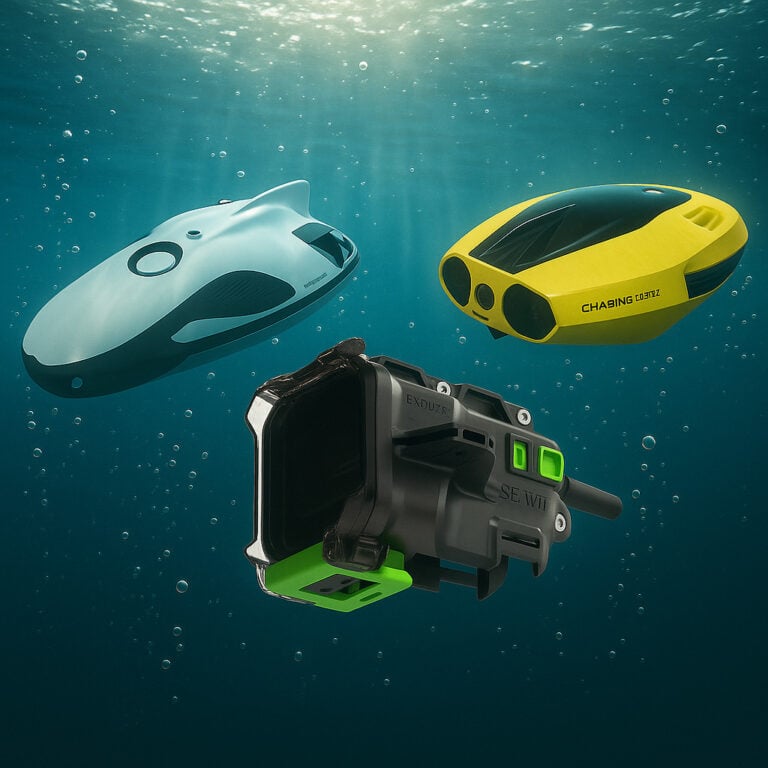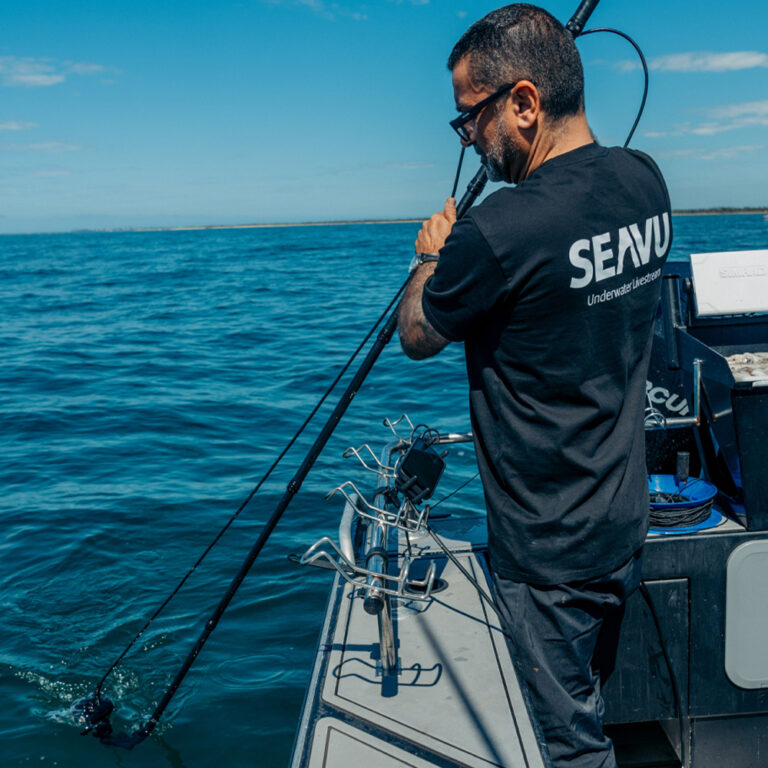Since getting our hands on the new DJI Osmo 360, we’ve been excited to see what it can do underwater. On paper it’s a serious contender, but in real-world use we’ve hit one frustrating issue on both cameras we own: the moment the camera goes into the water, the lenses fog up on the inside and footage is spoiled straight away.
What’s causing the fogging?
The culprit is simple condensation — moisture inside the sealed optical cavity turning into tiny droplets when the glass rapidly cools. This is a well-documented behaviour across action and 360° cameras, and DJI acknowledges the fogging issue and even recommends warming and ventilating the camera despite its anti-fog testing protocols (BigGo).
User reports and media coverage emerging soon after launch confirm recurring fogging concerns under real-world use. This matches our own experience, where fogging occurred instantly upon submersion, regardless of preparation.
Experts explain that dramatic thermal changes — such as moving from warm air to cold water — are a major trigger for fogging, and suggest prevention methods that align closely with what we’ve observed in our tests.
And when compared with its 360° competitor, the Insta360 X5, DJI’s camera shows greater susceptibility to water-induced issues, particularly in harsher underwater environments (Insta360 Blog, TechRadar).
The fix we’re waiting for: a waterproof case with anti-fog inserts
A purpose-built underwater housing that keeps the camera dry and accommodates anti-fog inserts should prevent condensation. Inserts actively absorb moisture inside the housing, while the case stabilises the thermal environment around the lenses. We’ve also covered the imminent availability of the DJI Osmo 360 Invisible Waterproof Case in a dedicated article for those wanting the latest updates.
What DJI and resellers are saying
We contacted DJI directly for timing. Several helpful team members tried to assist, but the official line was: “It’s not available, and we can’t say when it will be.”
Separately, an authorised DJI reseller has told us the case is expected in early September.
Practical steps until the case arrives
- Minimise thermal shock: keep the camera shaded/cool before submerging; avoid leaving it in the sun or in a hot cabin.
- Pre-dry your kit: store the camera in a sealed box with fresh silica gel packs between sessions.
- Limit handling heat: set up quickly and get it into the water sooner to avoid warming the glass with your hands.
- Follow best practices: see Insta360’s guide on preventing lens fog.
We’ll test the case with anti-fog inserts the moment we get it and publish results. If it performs as expected, the Osmo 360 could become a strong option for live, stitched 360° underwater footage.










